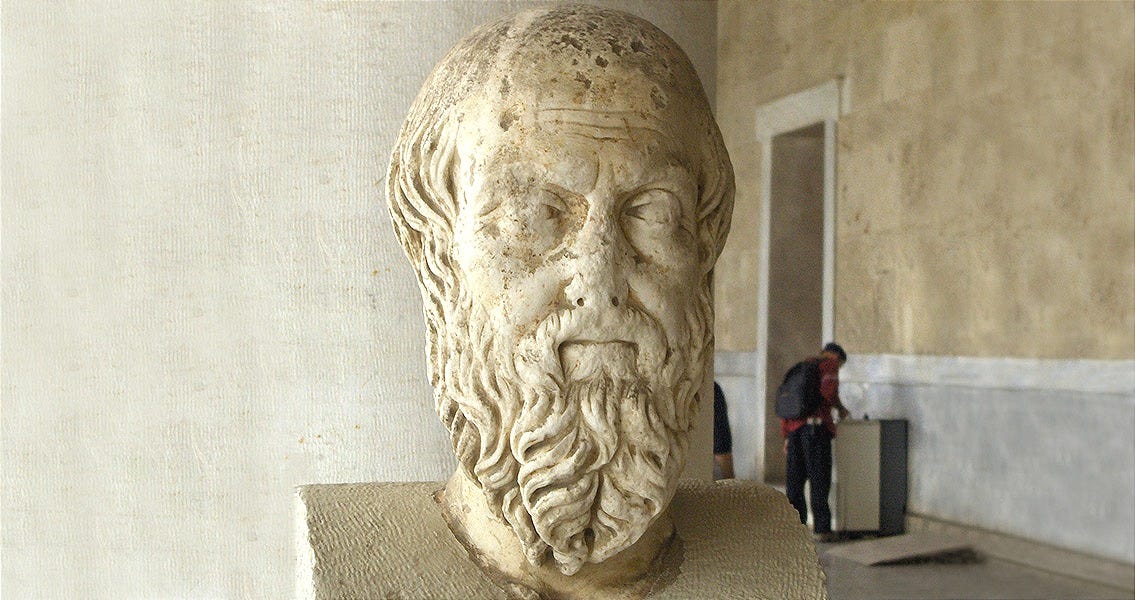For millennia, the Egyptian Labyrinth stood as one of the most awe-inspiring wonders of the ancient world. Described by Herodotus, Strabo, Pliny the Elder, and Diodorus Siculus, it was said to be a colossal temple of interconnected halls, chambers, and corridors—a structure so vast that it eclipsed even the Great Pyramids in grandeur. Lost to history for over 2,500 years, its exact location and fate remained uncertain until the Mataha Expedition sought to bring its story back to light.
Ancient Testimonies of the Labyrinth
❖ Herodotus (5th century BCE):
The Greek historian, upon visiting the site, claimed the labyrinth was so immense that all the temples and monuments of Greece combined could not rival its scale. He described 3,000 chambers, half of them underground, and noted that Egyptian priests forbade access to the lower levels, which allegedly housed royal tombs and sacred crocodiles.
❖ Strabo (1st century BCE):
Strabo confirmed the labyrinth’s existence, stating that it was not a myth but a tangible, structured complex. He noted that the labyrinth contained a palace with many courts, dedicated to each of Egypt’s nomes (provinces), where priests gathered to administer the land.
❖ Diodorus Siculus (1st century BCE):
Diodorus echoed Herodotus’ claims, adding that the labyrinth was so complex that one could not find their way without a guide. He speculated that King Mendes (or Marros) was its builder and that it served as a collective tomb for Egyptian rulers.
❖ Pliny the Elder (1st century CE):
Pliny’s Natural History documented the labyrinth as a model for Daedalus’ legendary labyrinth in Crete, where the Minotaur was said to dwell. He attributed its construction to King Petesouchos or Tithoes, suggesting it was built as a temple to the Sun.
The Mataha Expedition: Scientifically Confirming the Legends
The 2008 Mataha Expedition, led by NRIAG (Egypt), Ghent University (Belgium), and Louis De Cordier’s Foundation, was the first large-scale geophysical survey of Hawara, using Ground Penetrating Radar (GPR) to scan beneath the surface. The results were astonishing: a vast, structured underground grid of walls and chambers was detected, aligning with ancient descriptions of the labyrinth.
However, despite these groundbreaking findings, the Egyptian Supreme Council of Antiquities (SCA) suppressed further research, preventing excavation efforts. Meanwhile, rising saline groundwater continues to erode what remains of this lost wonder, making preservation an urgent necessity.
The Mataha Expedition’s mission must continue. The labyrinth is not merely an archaeological site—it is a profound testament to human history, and its secrets must not remain buried beneath suppression and neglect.
For those interested in the full official results and whitepapers of the Mataha Expedition, follow this link: labyrinthofegypt_com__printversion.pdf > [https://drive.google.com/file/d/1YqntaYOhvSWA7fd3jFYToPqx34odntjB/view]




